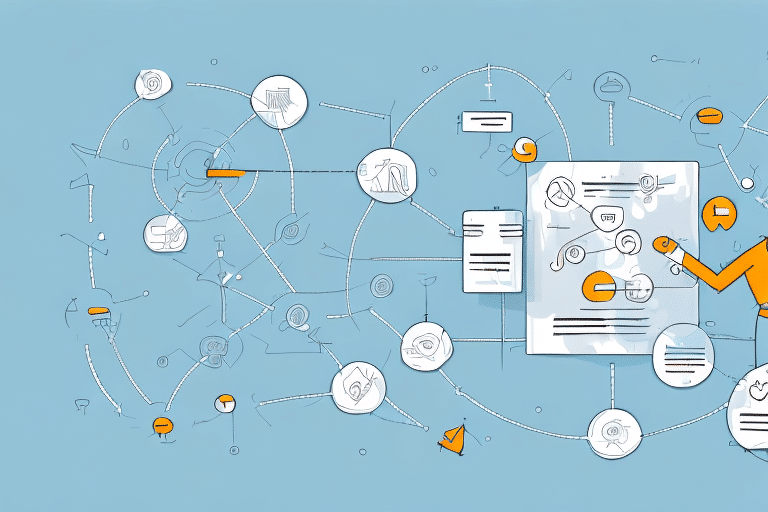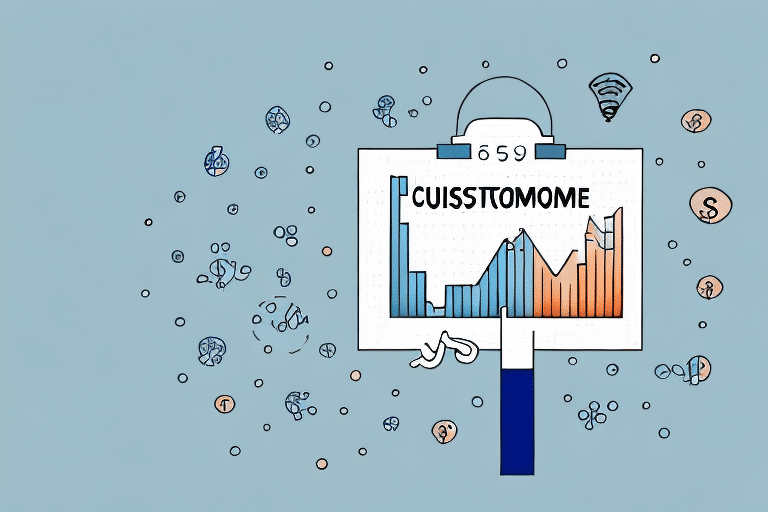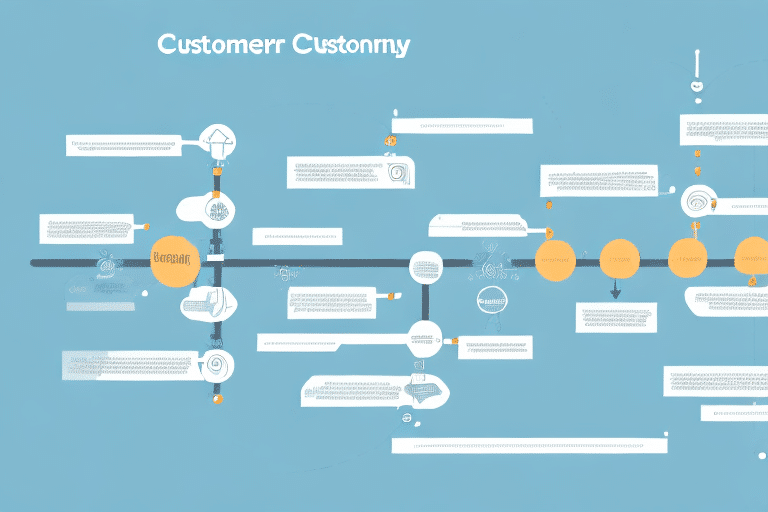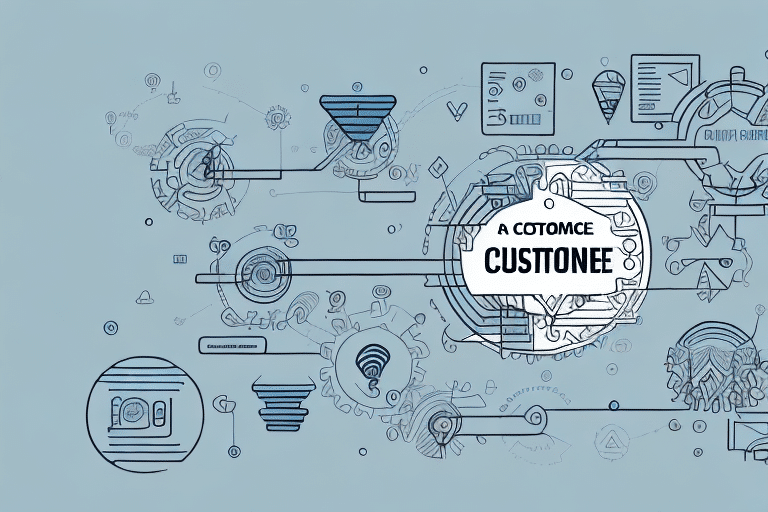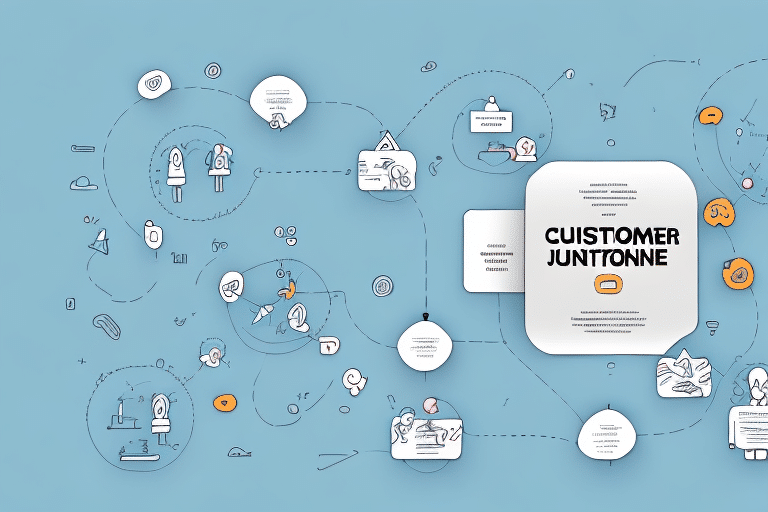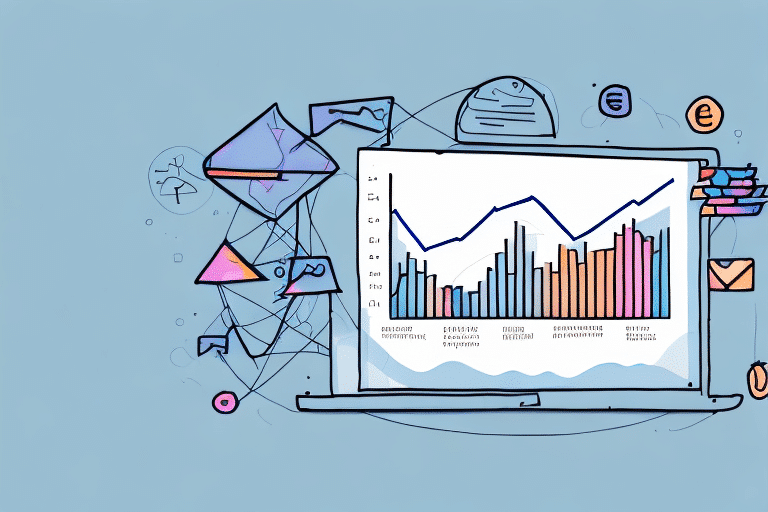Importance of Customer Retention
In today's competitive business environment, customer retention is a critical component of long-term success. Retaining existing customers not only reduces costs associated with acquiring new ones but also enhances the lifetime value of each customer. This section delves into the cost-effectiveness of customer retention compared to acquisition and explores the significance of understanding customer lifetime value.
Cost-Effectiveness Compared to Acquisition
Acquiring new customers can be significantly more expensive than retaining existing ones. According to a study by Harvard Business Review, increasing customer retention rates by just 5% can lead to an increase in profits of 25% to 95%. This cost advantage stems from reduced marketing and advertising expenses, as existing customers are already familiar with your brand and are more likely to make repeat purchases.
Additionally, loyal customers often become brand advocates, providing free word-of-mouth marketing that can attract new customers organically. This not only saves on acquisition costs but also enhances the credibility of your business.
Lifetime Value of Customers
The lifetime value (LTV) of a customer is a crucial metric that represents the total revenue a business can expect from a single customer account throughout the business relationship. Understanding LTV helps businesses allocate resources effectively to maximize profitability.
For example, research by Bain & Company indicates that increasing customer retention rates by 5% can increase profits by 25% to 95%. This showcases the profound impact that a focus on retention can have on a company's bottom line.
Calculating LTV involves analyzing factors such as average purchase value, purchase frequency, and customer lifespan. By leveraging this metric, businesses can tailor their retention strategies to target high-value customers more effectively.
Strategies to Enhance Customer Retention
Implementing effective strategies is essential for improving customer retention rates. This section explores key strategies, including personalization, building brand loyalty, creating loyalty programs, maintaining consistent communication, and leveraging social media.
Personalization
Personalization involves tailoring products, services, and communications to meet the individual needs and preferences of customers. By leveraging customer data, businesses can create more engaging and relevant experiences.
- Customized Marketing Campaigns: Segmenting your customer base and targeting each segment with personalized messages can significantly improve engagement rates.
- Personalized Recommendations: Using data analytics to suggest products or services that align with a customer's past behavior can enhance their shopping experience.
According to a report by Forbes, personalized emails deliver six times higher transaction rates compared to non-personalized messages.
Building Brand Loyalty
Brand loyalty is established when customers consistently prefer your brand over competitors. Strategies to build brand loyalty include:
- Exceptional Customer Service: Providing prompt and effective support builds trust and encourages repeat business.
- Consistent Quality: Ensuring that your products or services consistently meet or exceed customer expectations reinforces reliability.
Fostering a sense of community around your brand through social media engagement and customer events can further strengthen loyalty.
Customer Loyalty Programs
Loyalty programs reward customers for their repeat business, incentivizing them to continue choosing your brand. Key elements of successful loyalty programs include:
- Exclusive Rewards: Offering unique benefits such as discounts, early access to products, or special events.
- Ease of Use: Ensuring that the program is straightforward and easy for customers to participate in.
Research by NCBI shows that effectively designed loyalty programs can increase customer retention rates by up to 5%.
Consistent Communication
Maintaining regular and meaningful communication with customers helps keep your brand top-of-mind and fosters a deeper connection. Effective communication strategies include:
- Email Newsletters: Sharing updates, promotions, and valuable content tailored to customer interests.
- Feedback Requests: Actively seeking customer input to improve products and services.
According to a study by Inc., companies that engage in consistent communication with their customers see higher retention rates and increased customer satisfaction.
Leveraging Social Media
Social media platforms provide an invaluable opportunity for businesses to engage with their customers on a more personal level. Effective use of social media for retention includes:
- Customer Engagement: Responding promptly to comments, messages, and reviews to show customers that their opinions are valued.
- Content Sharing: Providing useful and entertaining content that resonates with your audience.
Platforms like Social Media Explorer highlight that businesses active on social media see a 20% higher customer retention rate.
Leveraging Data and Technology for Retention
Data analytics and emerging technologies play a pivotal role in enhancing customer retention by providing actionable insights and automating personalized interactions. This section discusses how to utilize data analytics and explores the impact of emerging technologies on retention strategies.
Data Analytics
Data analytics involves collecting and analyzing customer data to gain insights into behavior, preferences, and trends. Key applications of data analytics in retention include:
- Churn Prediction: Identifying customers who are at risk of leaving and implementing targeted retention campaigns.
- Personalized Marketing: Crafting marketing messages that align with individual customer preferences based on their data.
According to a report by McKinsey, companies that use data analytics effectively are five times more likely to make faster decisions than their competitors, significantly enhancing retention efforts.
Emerging Technologies
Emerging technologies such as artificial intelligence (AI) and machine learning (ML) are revolutionizing customer retention strategies by enabling more precise targeting and automation. Key technologies include:
- AI-Powered Chatbots: Providing instant and personalized customer support around the clock.
- Machine Learning Algorithms: Analyzing vast amounts of data to predict customer behavior and preferences.
Research by Forrester indicates that businesses leveraging AI and ML for customer retention see a 15% increase in retention rates and a 10% boost in customer satisfaction scores.
Avoiding Common Retention Mistakes
Several common mistakes can undermine customer retention efforts. This section outlines these pitfalls and provides strategies to avoid them, ensuring a more effective retention strategy.
Failing to Personalize Communications
One of the most significant mistakes is treating all customers the same. Generic communications can make customers feel undervalued and disconnected from your brand.
- Solution: Utilize customer data to tailor your messages, ensuring relevance and personalization in every interaction.
Poor Customer Service
Poor or inconsistent customer service can lead to frustration and drive customers away. Negative experiences are often shared widely, further damaging brand reputation.
- Solution: Invest in training your customer service team to provide prompt, effective, and empathetic support.
Neglecting Customer Feedback
Ignoring customer feedback can result in missed opportunities for improvement and signal to customers that their opinions do not matter.
- Solution: Actively solicit, listen to, and act upon customer feedback to demonstrate that you value their input.
Inadequate Follow-Up
Failing to follow up with customers after a purchase can leave them feeling neglected, reducing the likelihood of repeat business.
- Solution: Implement a robust follow-up system, such as personalized thank-you emails or satisfaction surveys, to maintain engagement.
Case Studies of Successful Retention Strategies
Examining real-world examples can provide valuable insights into effective customer retention strategies. This section highlights businesses that have excelled in retaining customers through innovative approaches.
Amazon
Amazon is renowned for its customer-centric approach, utilizing personalized product recommendations and a seamless shopping experience to retain customers. Their Prime membership program offers exclusive benefits, enhancing loyalty and repeat purchases.
Starbucks
Starbucks' loyalty program, Starbucks Rewards, offers personalized rewards and easy accumulation of points, encouraging frequent visits and fostering a strong connection with customers.
Zappos
Zappos differentiates itself through exceptional customer service, including a 365-day return policy and live customer support. This commitment to customer satisfaction has resulted in high retention and strong word-of-mouth referrals.
These case studies demonstrate the impact of personalized experiences, robust loyalty programs, and outstanding customer service on customer retention.
Conclusion
Customer retention is a vital aspect of any successful business strategy. By implementing effective strategies such as personalization, building brand loyalty, leveraging data analytics, and avoiding common pitfalls, businesses can enhance their retention rates and foster long-term customer relationships. Additionally, embracing emerging technologies can provide a competitive edge in meeting and exceeding customer expectations. Investing in customer retention not only drives profitability but also ensures sustainable growth in an ever-evolving marketplace.

